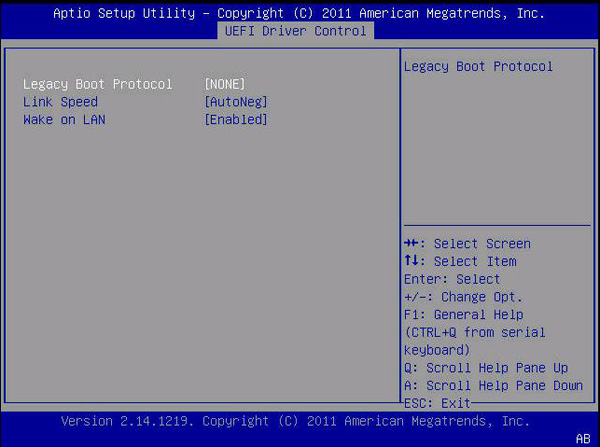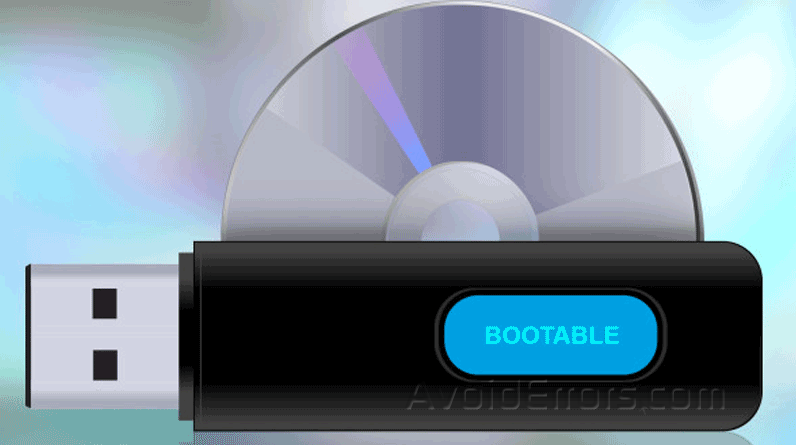You will find this post useful in case you are looking for a way to make your computer boot from a USB drive, instead of booting from hard drive as it normally does. In this post you will be learning the steps to enable USB boot in BIOS settings, so that you can make your computer boot up from a Windows recovery drive.
Enable USB Boot in BIOS
This could be why Apple left out the pre-boot settings completely; it's all integrated. – user1686 Dec 30 '11 at 22:09 1 Actually newer Macs which can run windows do have BIOS. Press the Setup key repeatedly. As soon as you see the manufacturer’s logo, press the key indicated on the screen to enter Setup or BIOS. They key you'll need to use varies by manufacturer and model. Keep pressing it over and over again until you enter the BIOS. Here's a list of some of the most common setup keys by manufacturer: Acer: F2 or DEL. Windows 10 keeps the Fast Startup feature as Windows 8. Due to this reason, you CANNOT press F2 to enter the BIOS configuration when booting the system. Probably wouldn't have a problem, if you reinstall windows on the drive it want's to defaults to, from the bios default settings. That way the boot sector location wouldn't matter, as much.
In general, most computers boot from their hard drives where the computers operating system is stored. While some newer computers may provide a choice for booting from the USB drive during startup, others may not do so.
Follow the steps below to check whether your computer can boot from a USB drive and make it boot from a USB drive, in case it is not set that way.

1. Plug a Bootable USB Drive into the USB port of your computer.
Note: You can skip steps 1 ~ 4 and start from step 5 in case you are certain that your computer is not set up to boot from a USB drive.

2. Remove all other portable media like CD, DVD from the computer and power it on.
Bios Settings For Pc
3. If the computer is configured to automatically boot from the USB drive, you will see a screen that says “Automatic boot in 10 seconds…”
4. If you believe the computer is trying to boot from the hard drive, you’ll need to manually configure it to boot from the USB drive.
5. Wait for a safe point where you can reboot the computer.
6. Reboot the computer and watch the screen for instructions on which key to press for getting into the boot device selection menu, or “BIOS setup”.
The screen messages will say something like Press [XXX Key] to Enter Setup or BIOS SETUP. You will only have a few seconds to read the instructions on your screen. Reboot the computer again, in case you missed the opportunity to read the instructions properly.
7. Use the suggested Key to get into BIOS settings
Please note that you may need to press the suggested key more than once to enter BIOS. You should not hold down the key (just press and release). Also, do not press the key too many times as you may end up locking the system or
generating system errors.
8. Go to the Boot Tab of BIOS setup utility and use the keys to make your computer boot from the USB drive first in the boot sequence.
Note: In general, the BIOS on most computers will list the USB boot option as Removable Devices or USB. However, on some computers USB boot option might be listed under Hard Drive. Make sure to check under hard drive option, in case you are having problems locating the USB boot option.
9. Save the changes and exit from BIOS utility.
10. Your computer is now ready to boot from USB drive
When you enable boot from a a USB device, what you are essentially trying to do is to make your computer run from the operating system that is installed on the USB device, instead of running from OS installed on the hard drive.
For computers using Windows operating system you can easily create a Bootable Windows USB drive or a Windows USB Recovery Drive. These will allow you to boot a computer from the USB drive whenever your Windows computer is facing problems and requires troubleshooting.
In the previous list, you saw that the BIOS checks the CMOS Setup for custom settings. Here's what you do to change those settings.
To enter the CMOS Setup, you must press a certain key or combination of keys during the initial startup sequence. Most systems use 'Esc,' 'Del,' 'F1,' 'F2,' 'Ctrl-Esc' or 'Ctrl-Alt-Esc' to enter setup. There is usually a line of text at the bottom of the display that tells you 'Press ___ to Enter Setup.'

Bios Setup Utility
Advertisement
Advertisement
Once you have entered setup, you will see a set of text screens with a number of options. Some of these are standard, while others vary according to the BIOS manufacturer. Common options include:
- System Time/Date - Set the system time and date
- Boot Sequence - The order that BIOS will try to load the operating system
- Plug and Play - A standard for auto-detecting connected devices; should be set to 'Yes' if your computer and operating system both support it
- Mouse/Keyboard - 'Enable Num Lock,' 'Enable the Keyboard,' 'Auto-Detect Mouse'...
- Drive Configuration - Configure hard drives, CD-ROM and floppy drives
- Memory - Direct the BIOS to shadow to a specific memory address
- Security - Set a password for accessing the computer
- Power Management - Select whether to use power management, as well as set the amount of time for standby and suspend
- Exit - Save your changes, discard your changes or restore default settings
How To Access Macbook Bios
Be very careful when making changes to setup. Incorrect settings may keep your computer from booting. When you are finished with your changes, you should choose 'Save Changes' and exit. The BIOS will then restart your computer so that the new settings take effect.

Bios Settings For Memory
The BIOS uses CMOS technology to save any changes made to the computer's settings. With this technology, a small lithium or Ni-Cad battery can supply enough power to keep the data for years. In fact, some of the newer chips have a 10-year, tiny lithium battery built right into the CMOS chip!
